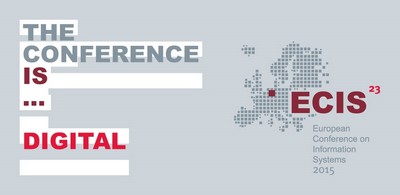DOI
10.18151/7217511
Abstract
Limitations in our ability to adequately forecast the expected value of IT investments represent a notable impediment to efforts to develop business cases that can be relied upon when making IT investment decisions. This undermines the effectiveness of these decisions and threatens the benefits that a portfolio of IT investments ultimately delivers. Since IT investment decisions have direct implications for the business value generated by IT and for organizational performance in general, this research aims to offer insights that help managers reduce the gap between the expected value of IT investments and the value that these investments actually deliver. Drawing on prior work that suggests the importance of reference classes to overcoming forecast uncertainty, we identify six distinct classes of IT investments. We evaluate the utility of these reference classes using a dataset of 486 post investment reviews (PIRs) from a large international organization. Results of our analysis indicate that cost reduction initiatives deliver more of their expected business value than revenue generating investments. Further to this, the accuracy of forecasts for initiatives that extend existing revenue streams are better than for initiatives that seek to establish entirely new revenue streams. These findings can be used as an input for practitioners seeking to determine the efficiency of their IT portfolio, improve the impact of their investments, or improve the accuracy of their business cases. They can also be used by those seeking to bet-ter understand the IT business value assessment process.
Recommended Citation
van der Pas, Mark and Furneaux, Brent, "Improving the Predictability of IT Investment Business Value" (2015). ECIS 2015 Completed Research Papers. Paper 190.
ISBN 978-3-00-050284-2
https://aisel.aisnet.org/ecis2015_cr/190


